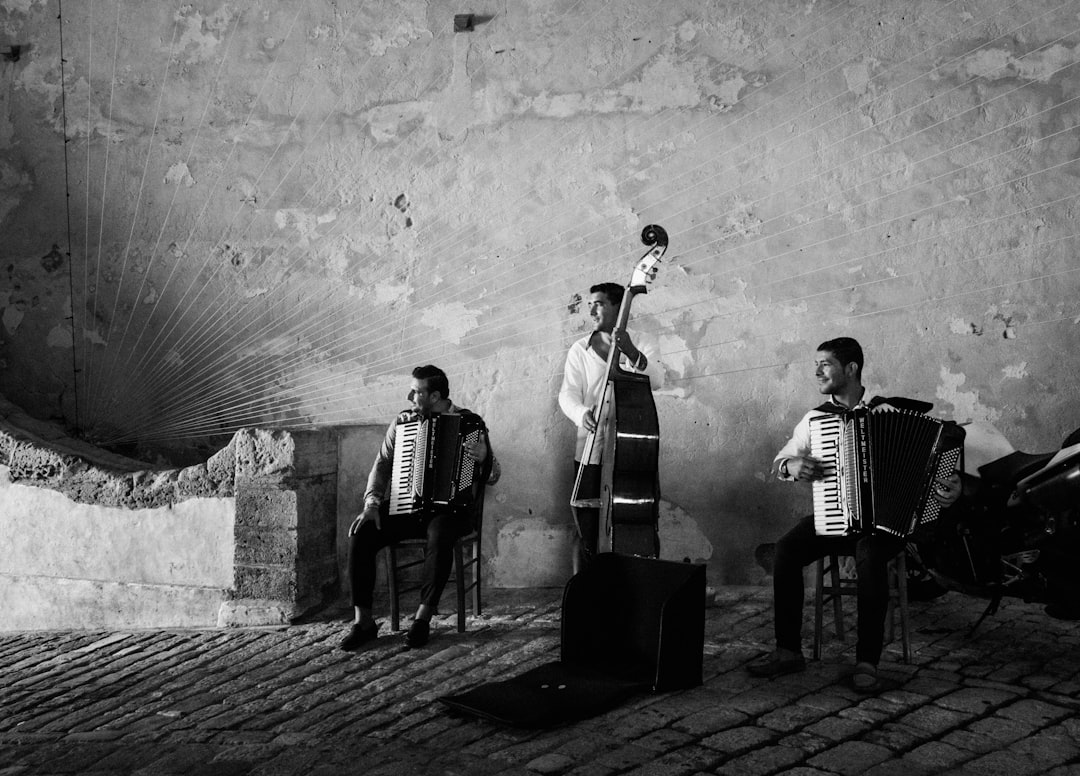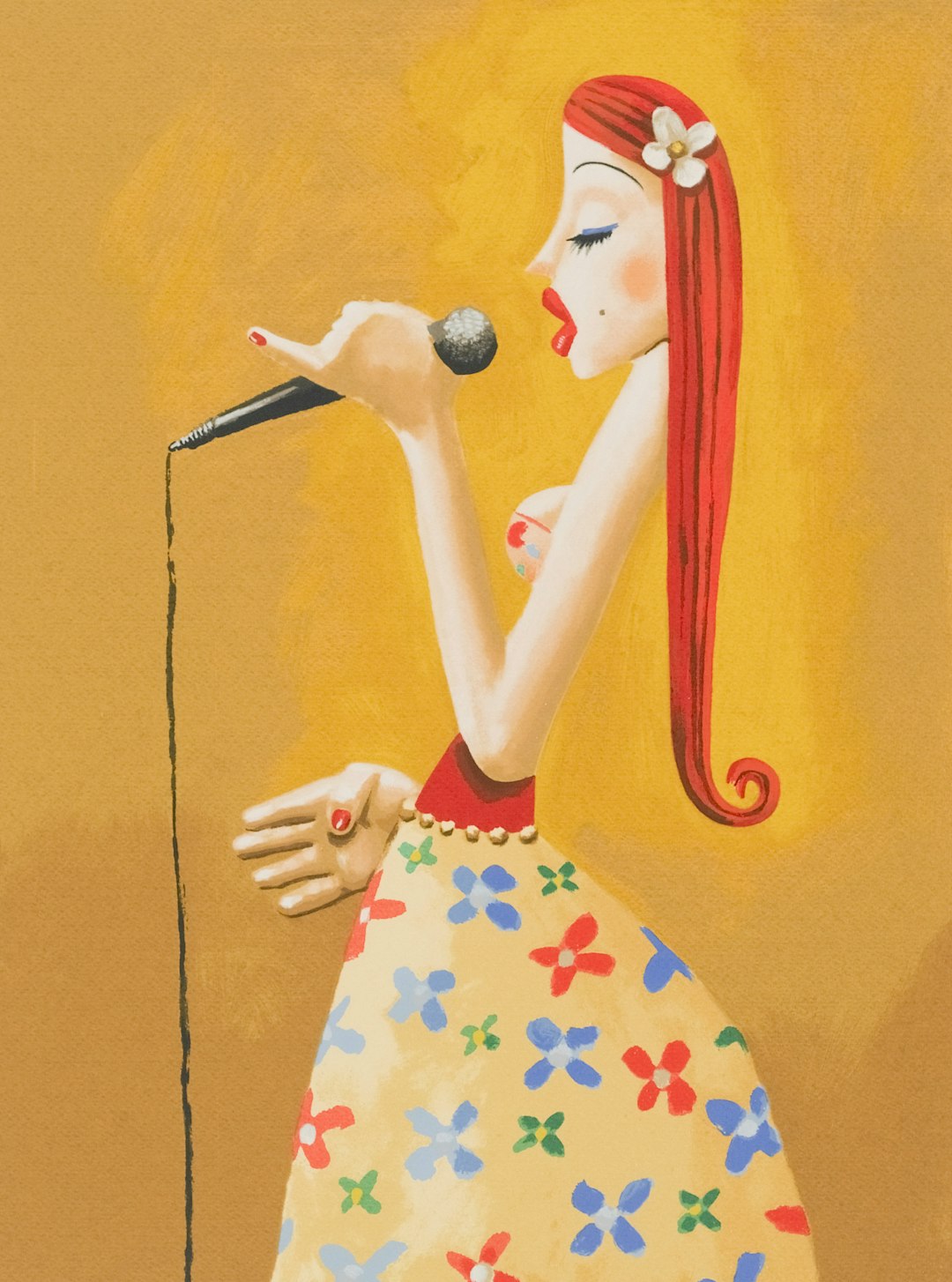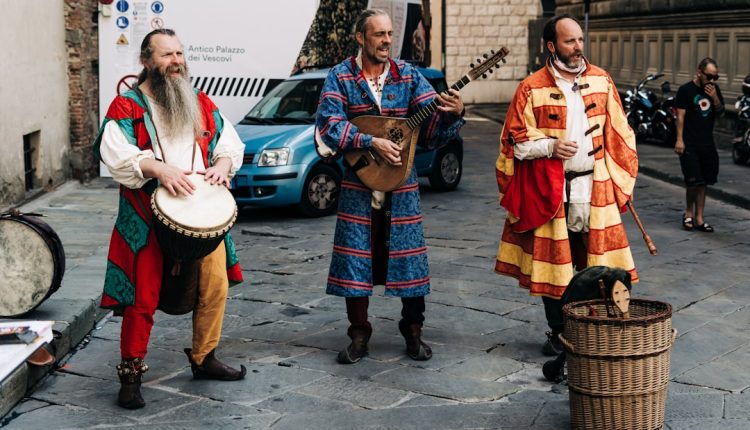Have you ever heard someone say “Tralalero Tralala” and thought, “What does that even mean?” You’re not alone! It sounds fun, it’s musical, and it definitely grabs your attention. But does it have a real meaning? Or is it just a silly nonsense phrase? Let’s find out together in this fun and easy explanation.
It All Starts With Sound
Table of Contents
“Tralalero Tralala” isn’t your usual phrase. It doesn’t come from a dictionary or a textbook. It actually comes from music and play. It’s fun. It’s catchy. And it makes people smile.
The words “tralalero” and “tralala” are often used in songs when the singer doesn’t want to say actual words. Instead, they sing silly syllables that sound nice. We call this vocalizing or nonsense singing.
Think of songs like:
- “Fa la la la la” in holiday tunes
- “Doo-wop, sha-na-na” in 50s music
- “Na na na na, hey hey hey, goodbye” in pop music
Tralalero and tralala are part of this family of sound-words.
What Is Tralalero?
The word Tralalero is actually something very special. It’s not just a funny sound—it’s the name of a real Italian music style from the city of Genoa.
So now, it’s not just nonsense—it’s culture!
Tralalero is a kind of folk music sung by male groups in northern Italy. It comes from sailors and workers who sang together to pass the time or celebrate life.

These songs don’t use many instruments. Instead, the singers make different sounds with their voices. One guy sings like a guitar. Another mimics a trumpet. Others create the bassline. This style is based on teamwork and harmony.
They often sing “tralala” and other nonsense sounds instead of lyrics. It’s all about rhythm and keeping the music interesting!
What About Tralala?
Now let’s talk about the other half—Tralala. This one’s been around for a long time in many places.
It’s a nonsense refrain. That means it’s just a fun string of sounds that people sing to fill empty parts of a song.
You’ve probably heard it in:
- Children’s songs
- Cartoons
- Fairy tales
- Nursery rhymes
For example, you might hear a kid skipping around singing:
“Tralala, I’m not scared! Tralala, I combed my hair!”
It’s fun, light-hearted, and cheerful. It doesn’t really mean anything. That’s the point! It expresses joy or silliness.
Used Around the World
Sounds like tralala aren’t just found in Italy or English songs. Lots of languages and cultures use similar syllables.
Here are just a few:
- In Filipino folk music, “tra-la-la” is used in lullabies
- In French songs, children might sing “tra la la” during games
- In German, operettas and marches use it to sound playful
So even if it sounds silly, it connects people across countries. Music and laughter are universal!
In Pop Culture
You’ll also hear Tralalero Tralala (or something like it) in movies, cartoons, and even memes today.
Some examples:
- In cartoons, a character might skip along singing “tralala” to show they’re happy
- In comedy, saying “tralala” makes a character sound clueless or carefree
- In internet culture, it can be part of a goofy song or parody
It’s often used to fill the silence or to make things feel silly and fun.

Sometimes, It’s Just Random
Let’s be honest. Sometimes, people say “tralalero tralala” just because it sounds cool. That’s okay!
Kids might say it when pretending to be in a song. Teens might use it in jokes or social media just to be silly. And artists or authors might use it to give their work a quirky feel.
Here’s a made-up sentence:
“He didn’t care about the homework. Off he went, tralalero tralala!”
No meaning. Just fun.
Meanings You Might Hear (But They’re Not Real)
Because “tralalero tralala” is so playful, some people make up meanings for it. But remember, it’s mostly nonsense. Still, these fake meanings can be funny:
- Some say it means “I’m carefree and happy”
- Others pretend it’s a secret language for “let’s dance”
- A few joke it means “I don’t know what I’m doing, but I’m doing it anyway!”
None of these meanings are official—but they show how people enjoy using these words in imaginative ways.
Why Is It So Catchy?
There’s actually some science behind it. Our brains love simple patterns and repetition. “Tralala” is just that. Easy syllables. Fun rhythm. No tough words to think about.
This is why babies and toddlers giggle at it. Why it sticks in your head. And, why you might find yourself singing it while washing dishes or walking the dog.
Last Thoughts
So what does “Tralalero Tralala” mean?
Most of the time, nothing at all. And that’s the beauty of it. It’s not about logic. It’s about feeling.
Whether it’s part of a traditional Italian song, a child’s rhyme, or just a <strong=random funny phrase you text a friend, it sends a message: “Let’s not take life too seriously.”
So next time you hear it—or feel like singing it—go ahead. Let loose. Giggle. Laugh.
Sing your own “Tralalero Tralala” and spread the fun!
Because sometimes, the best sounds are the ones that don’t need to mean anything at all.

